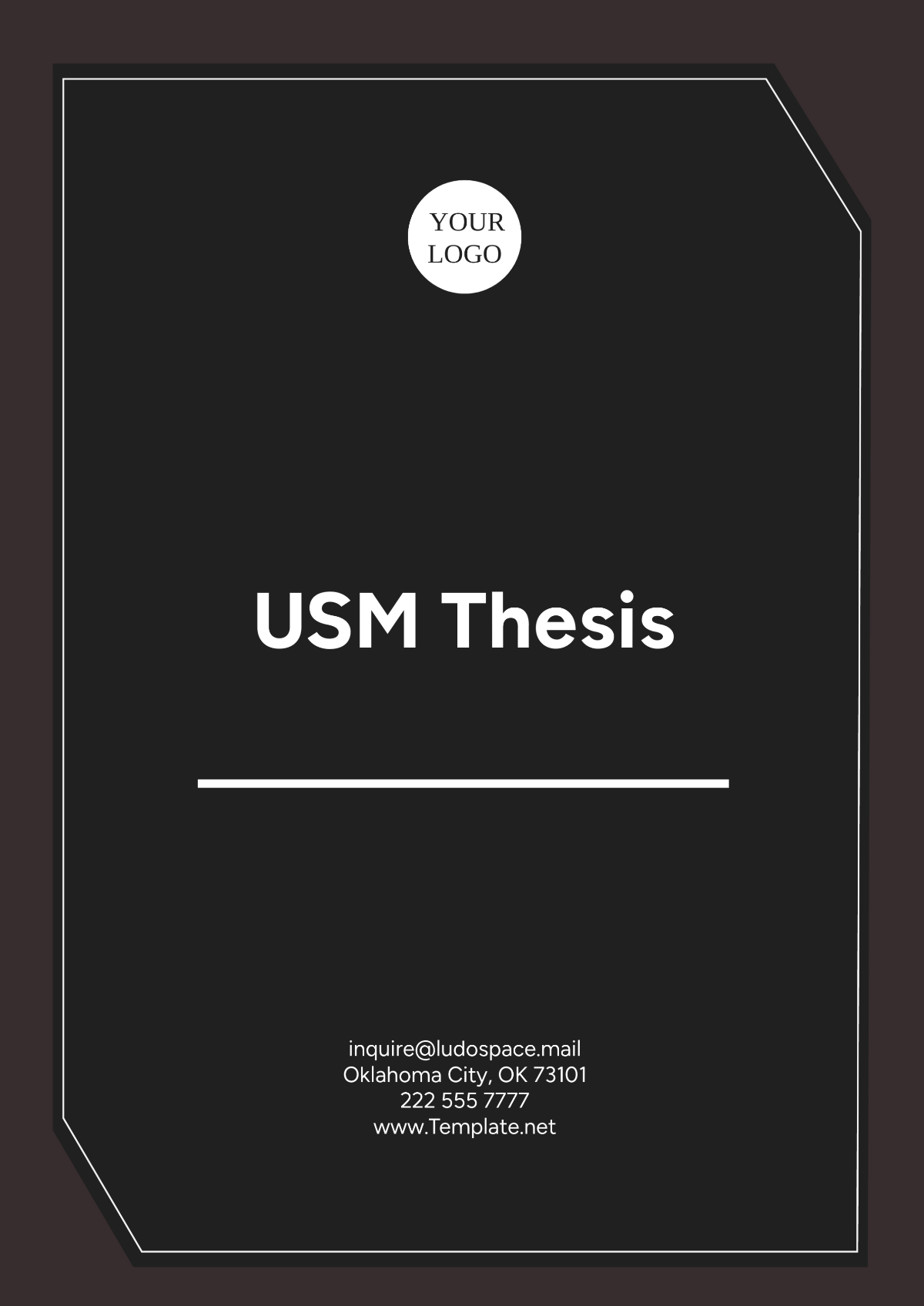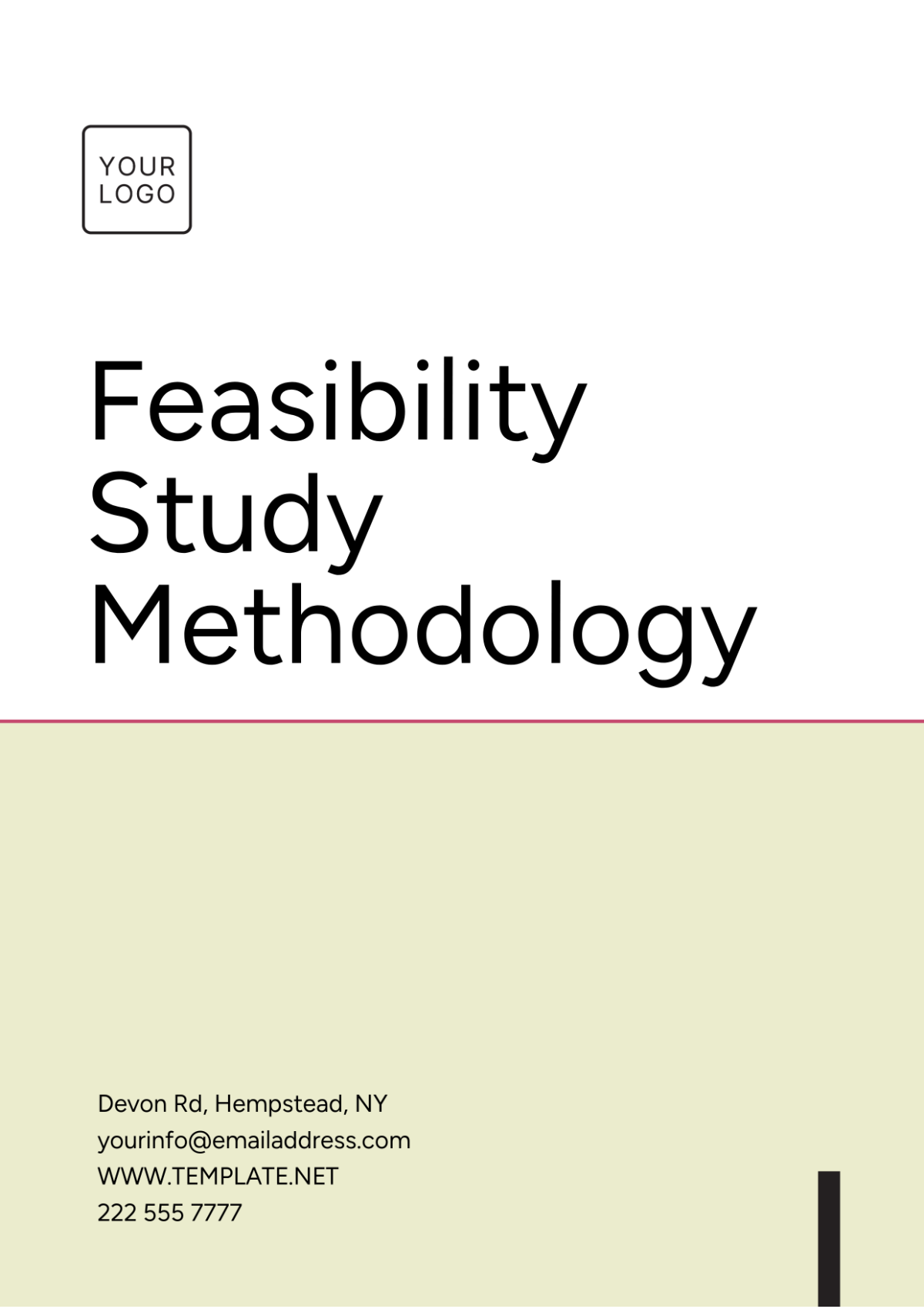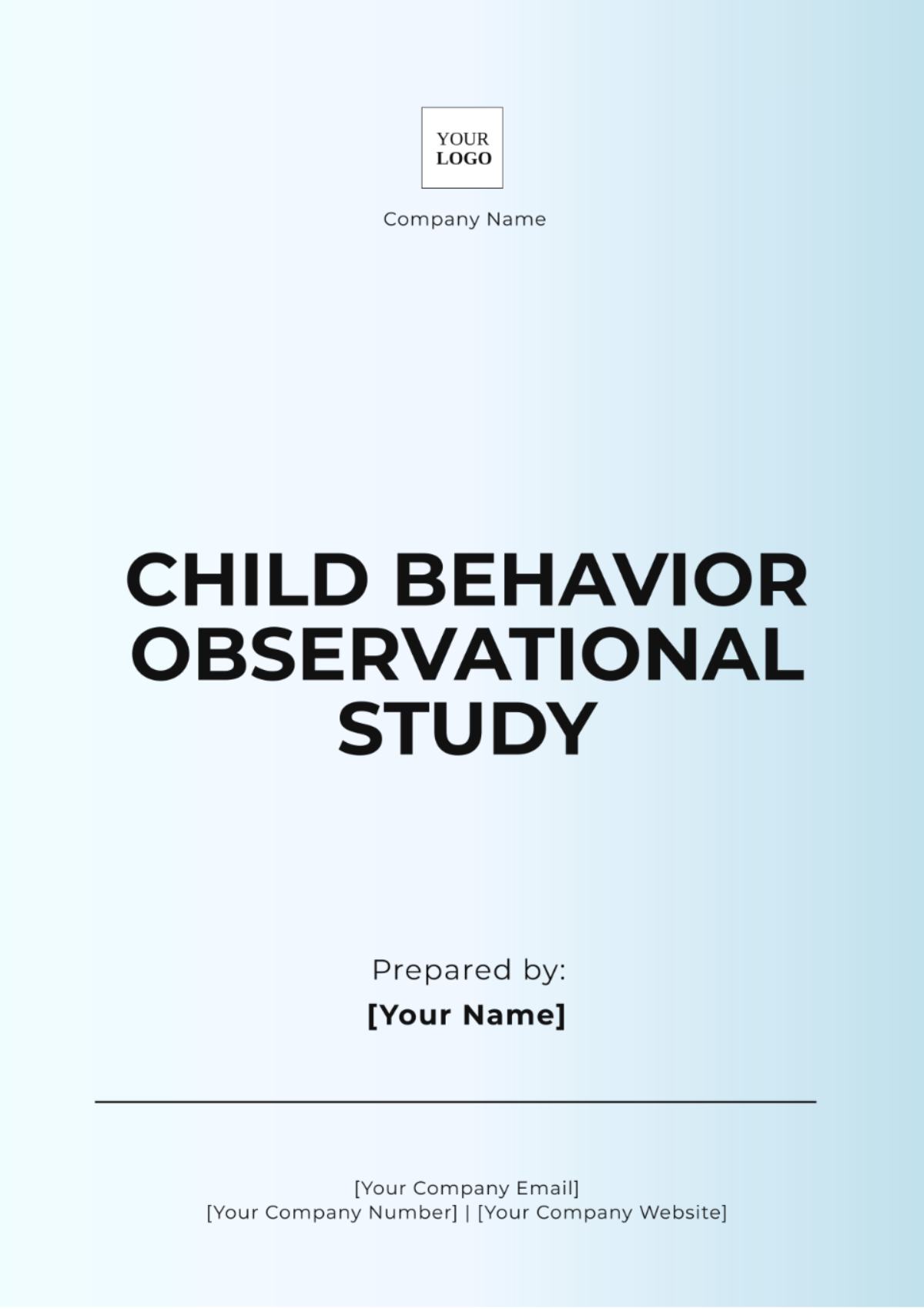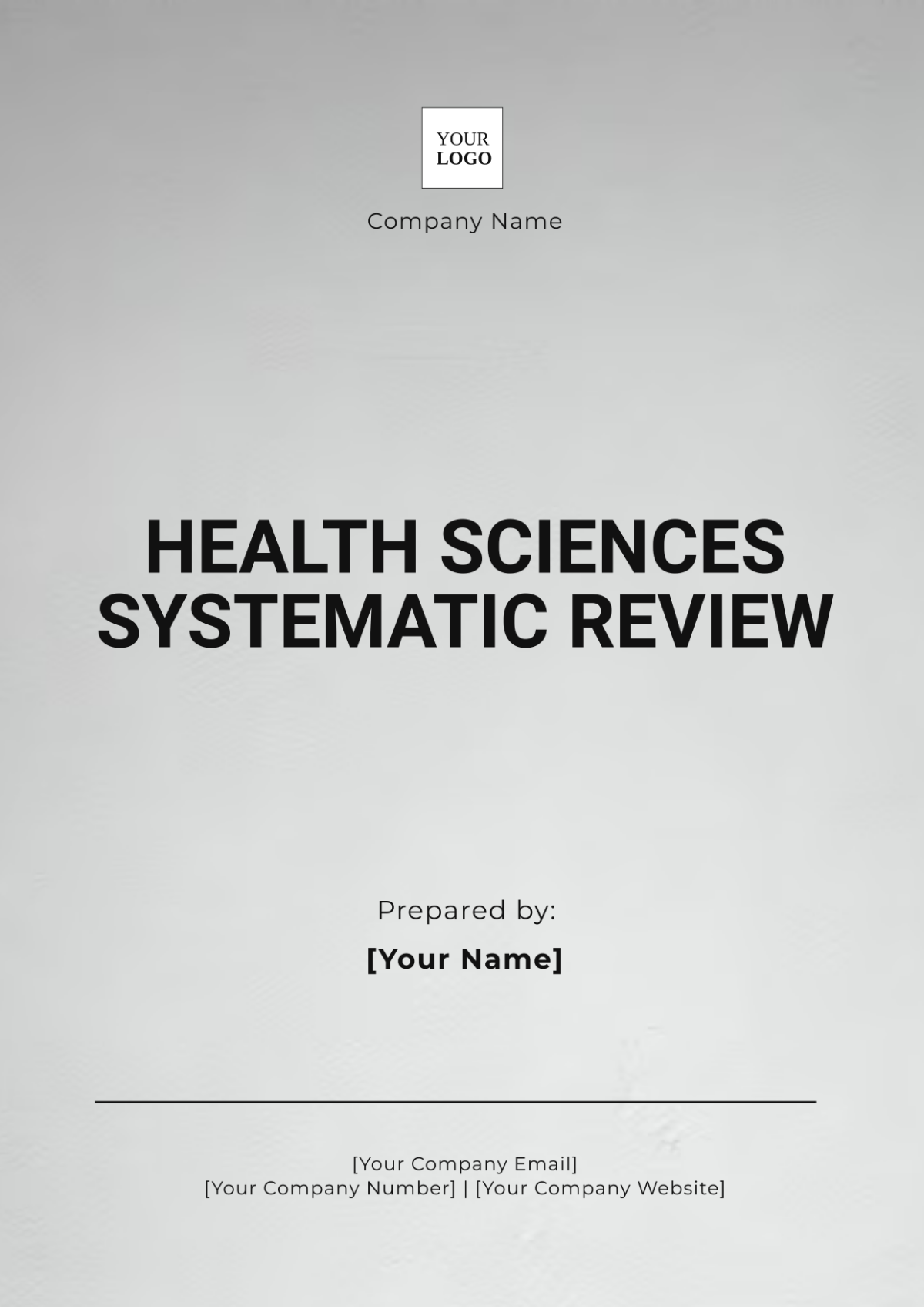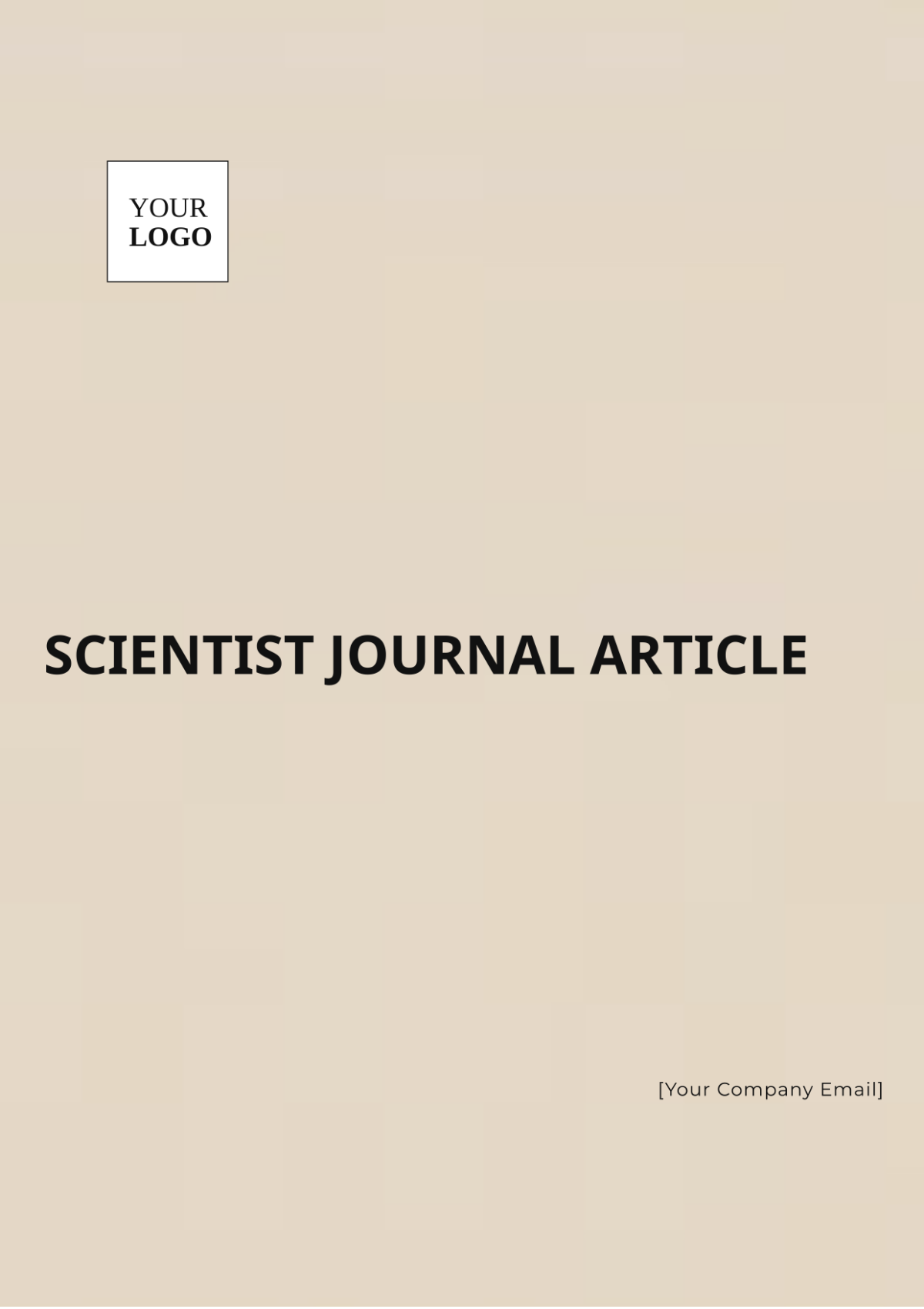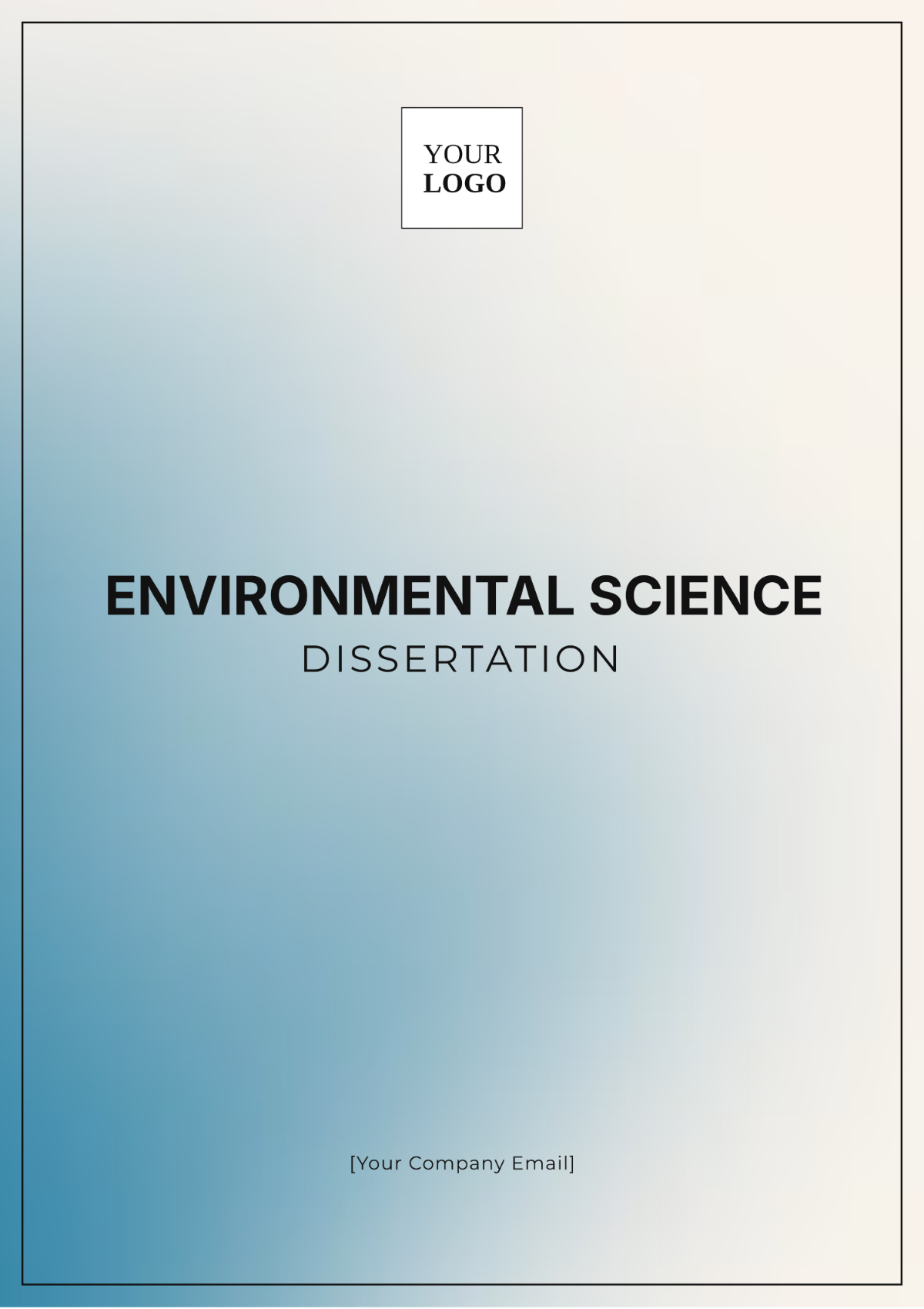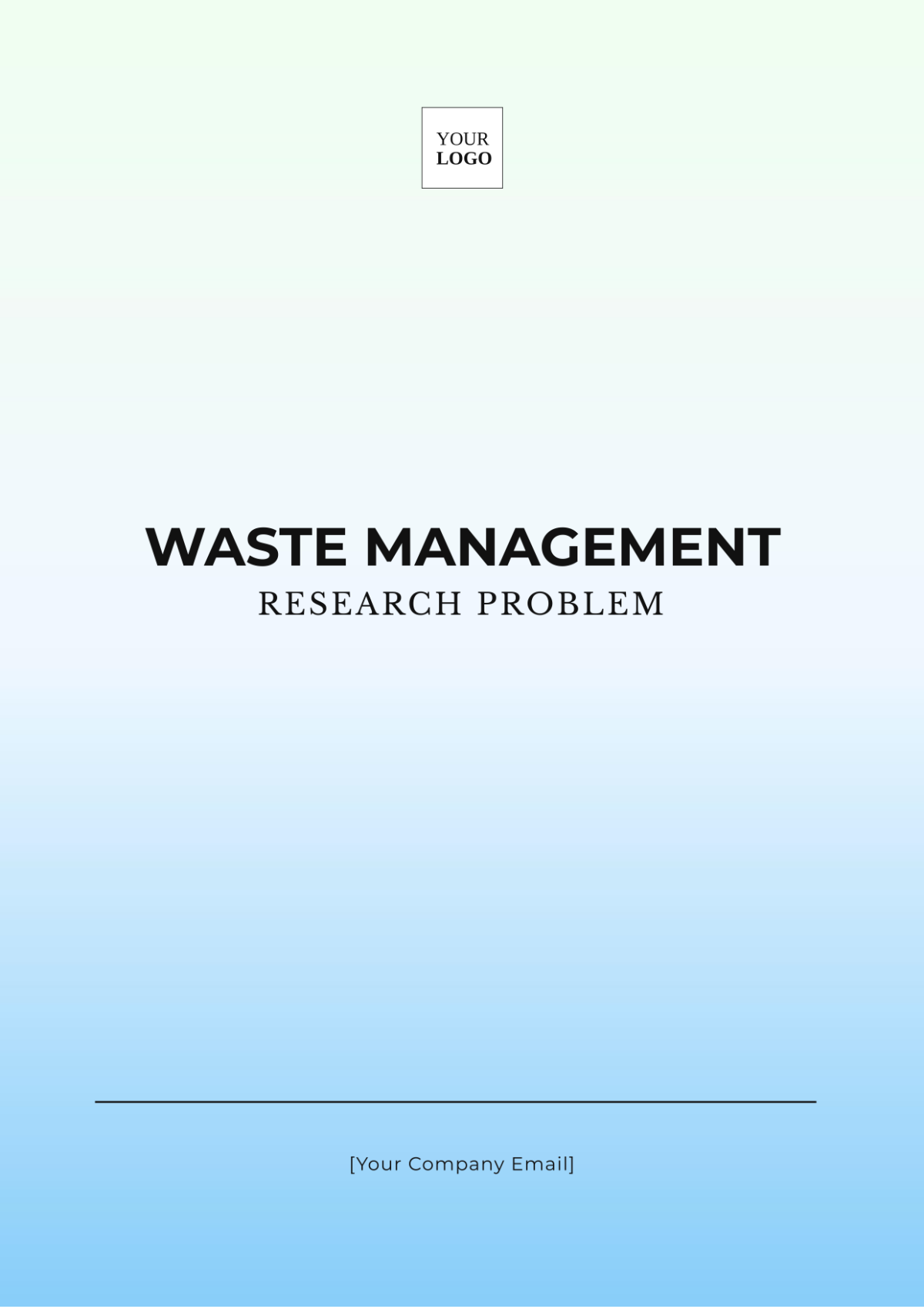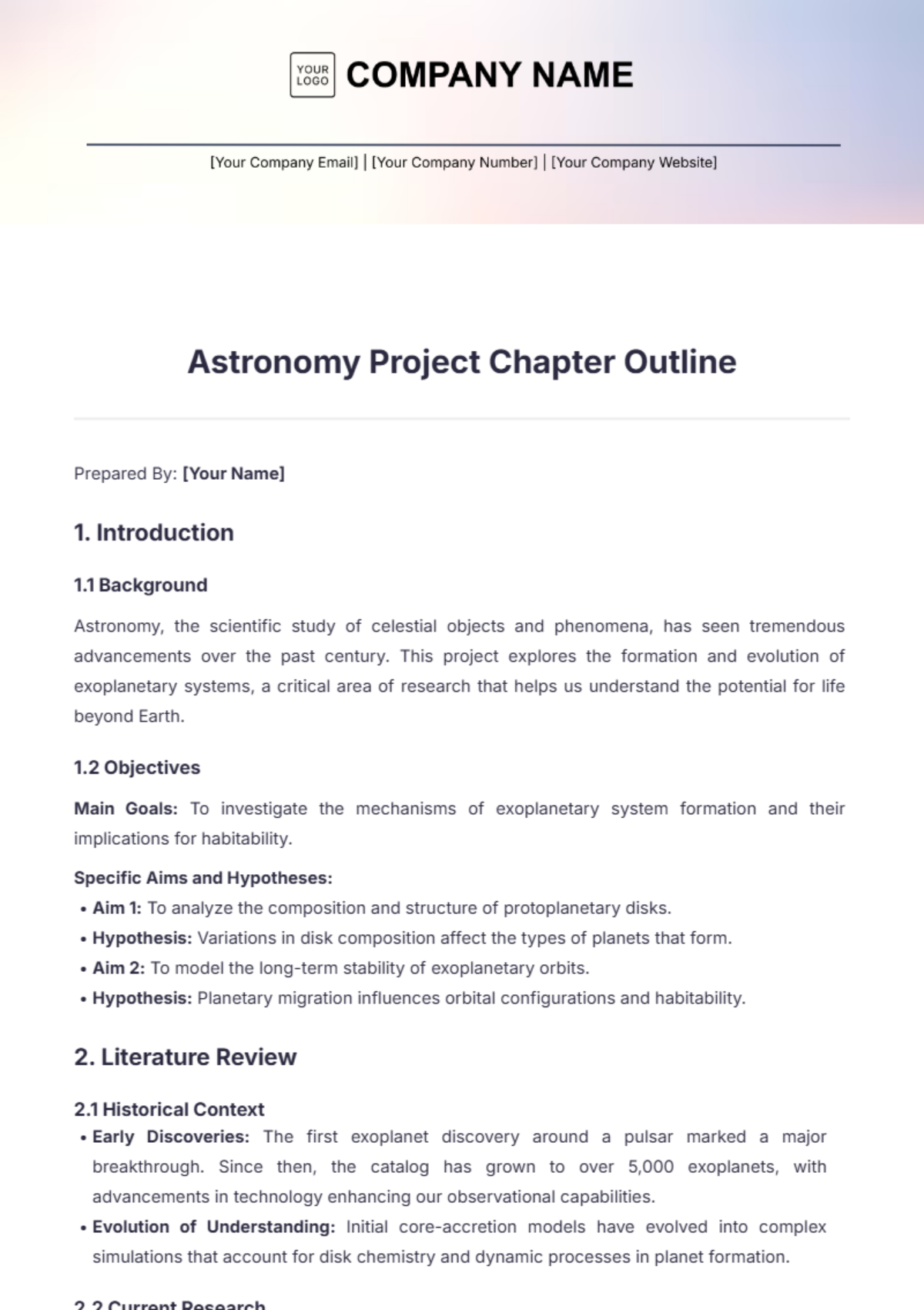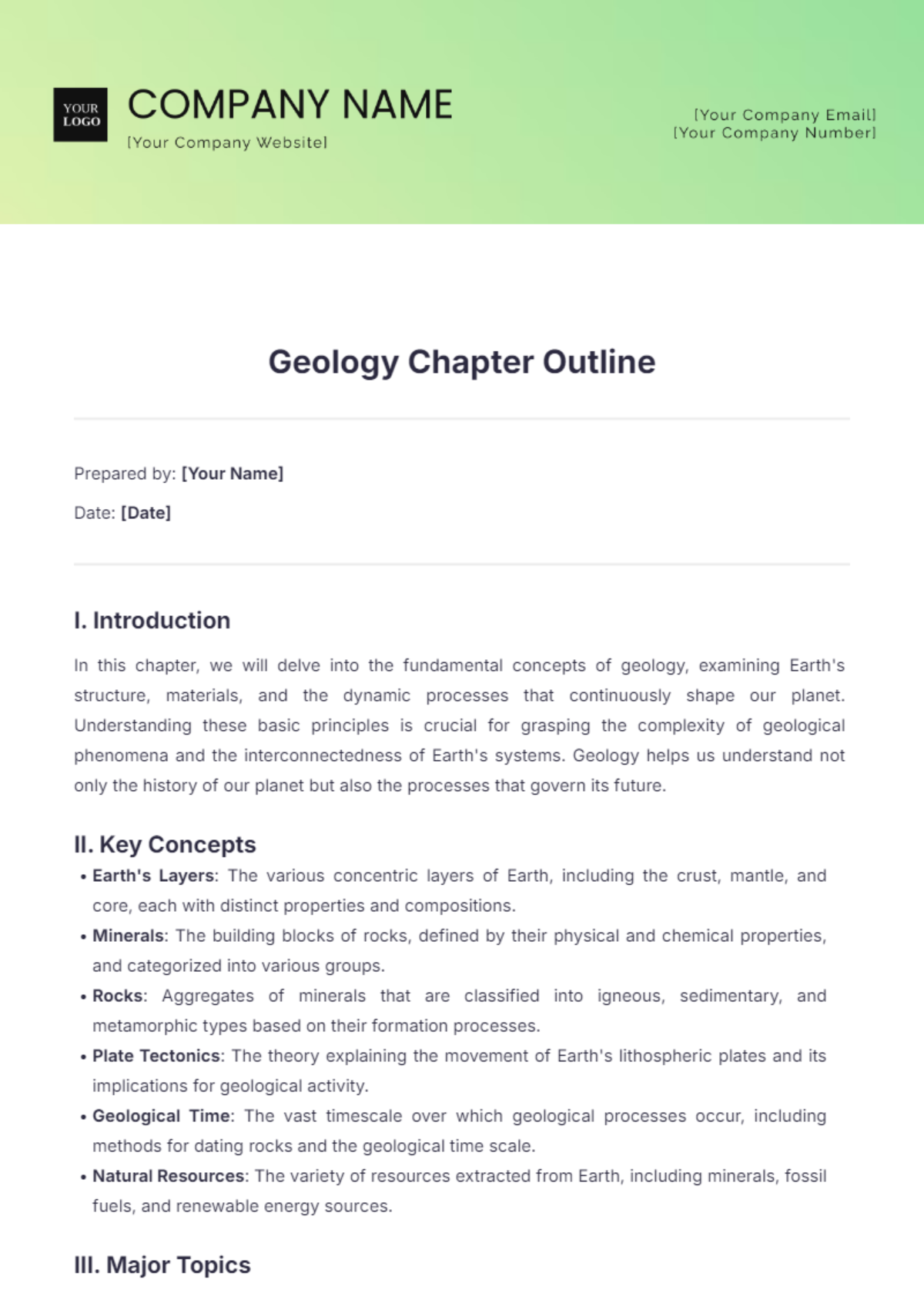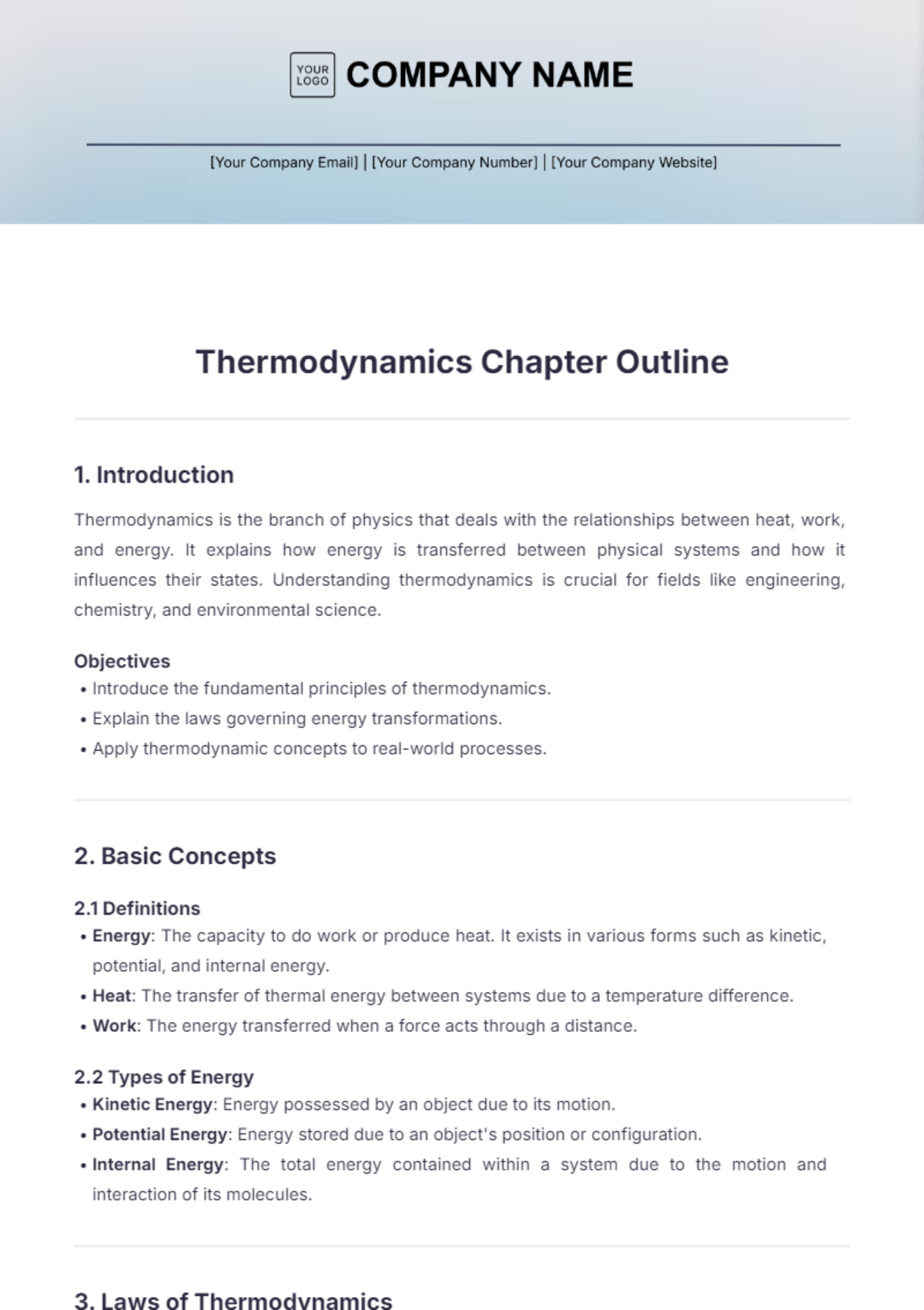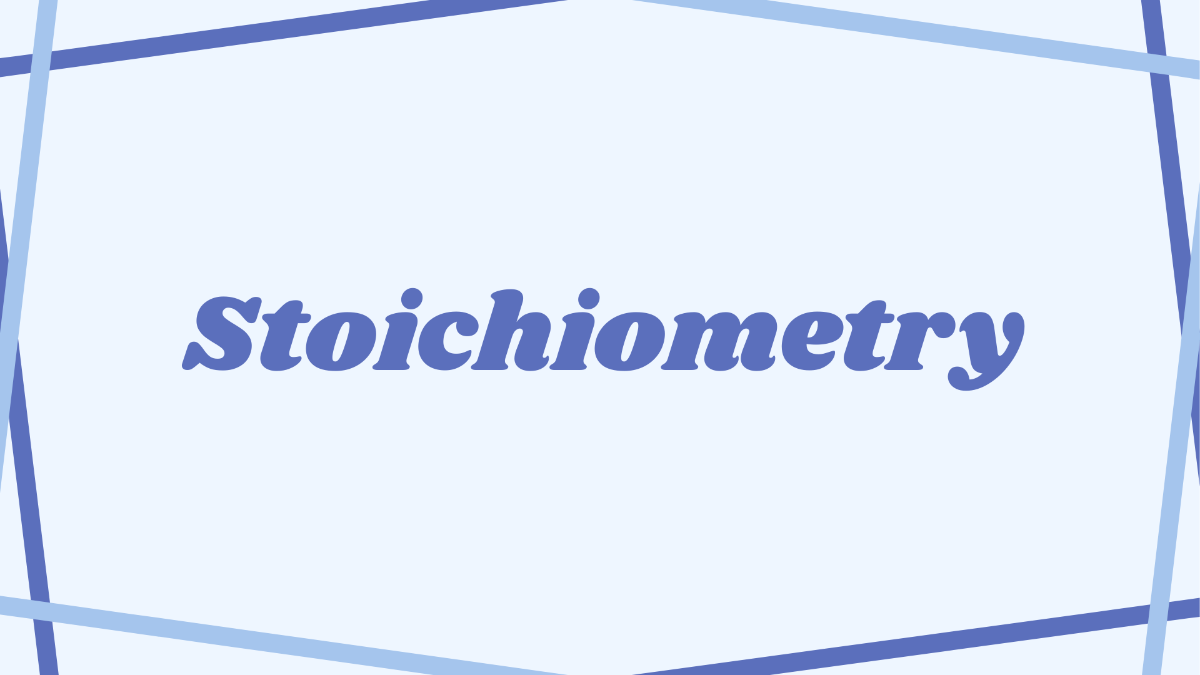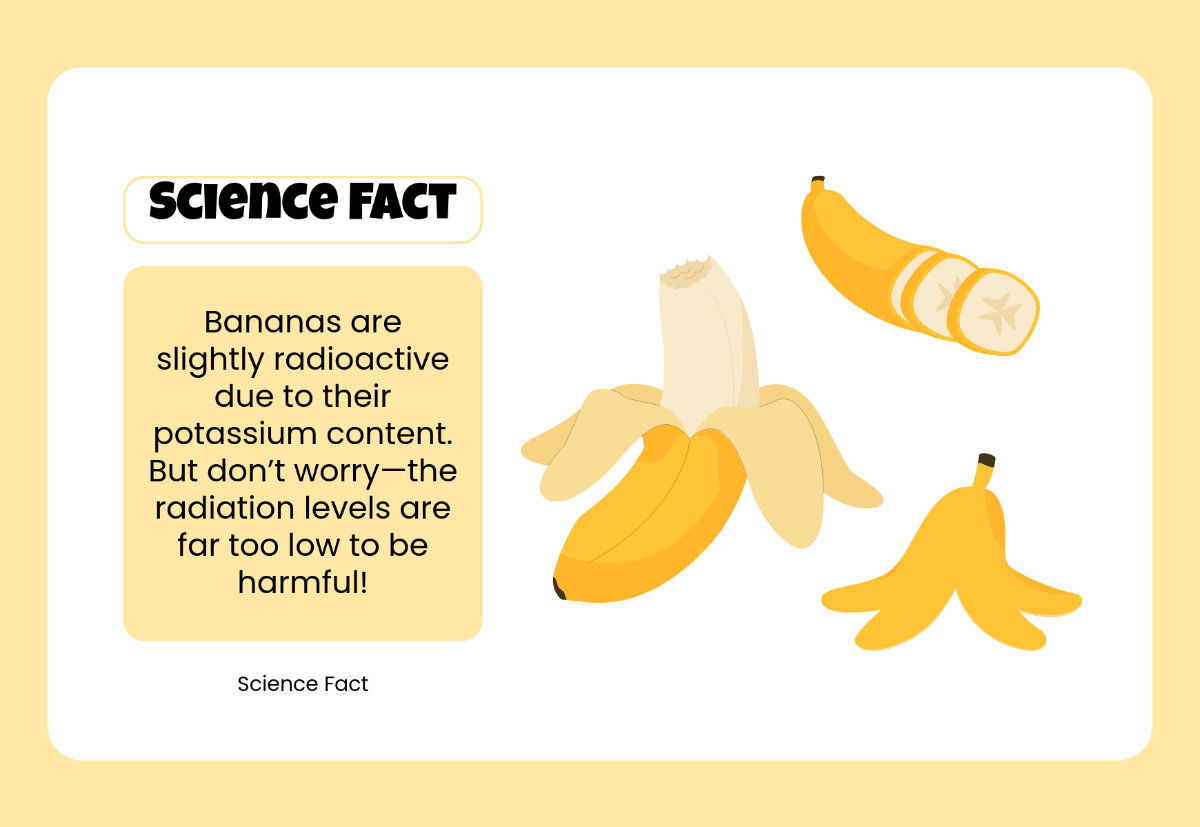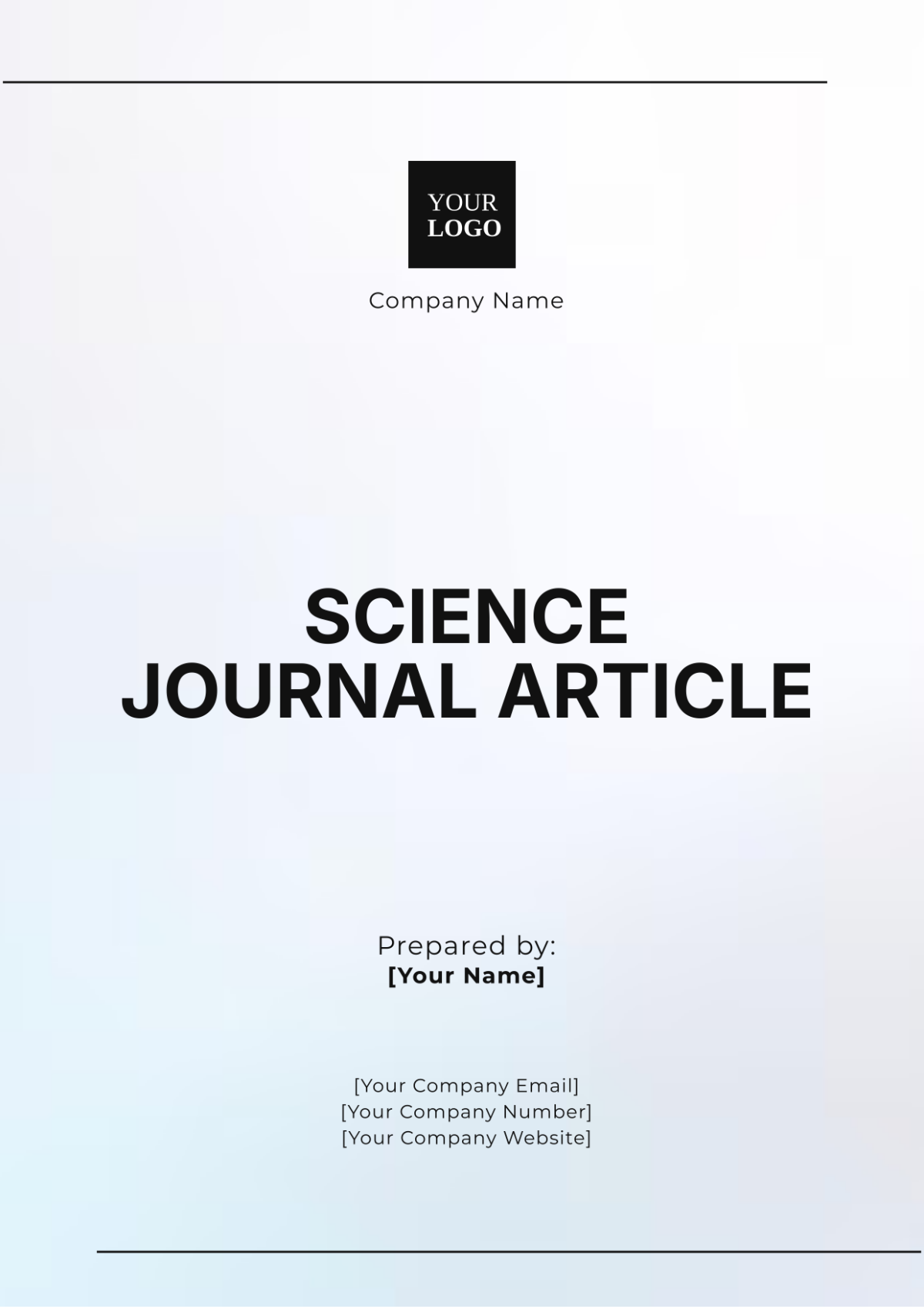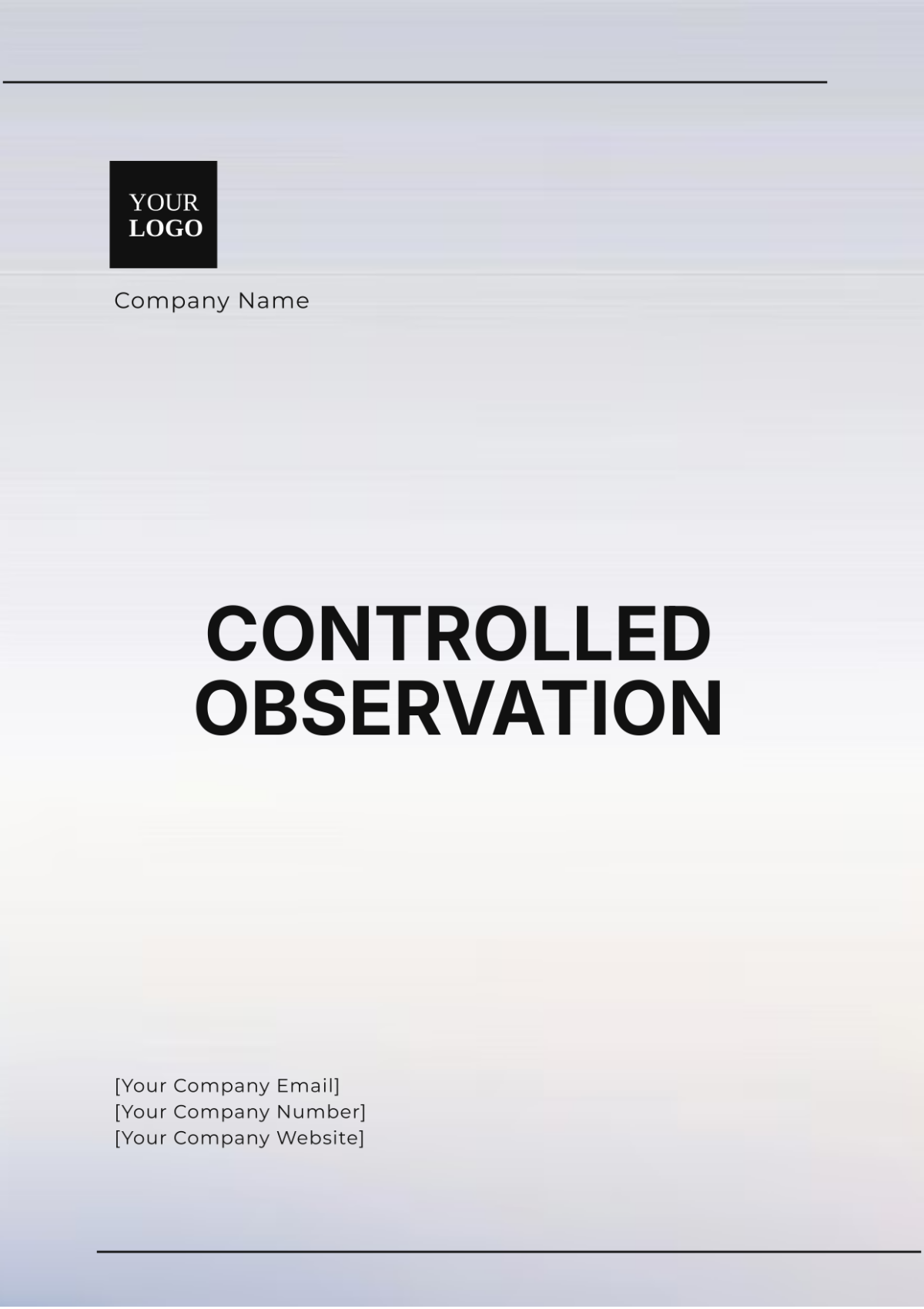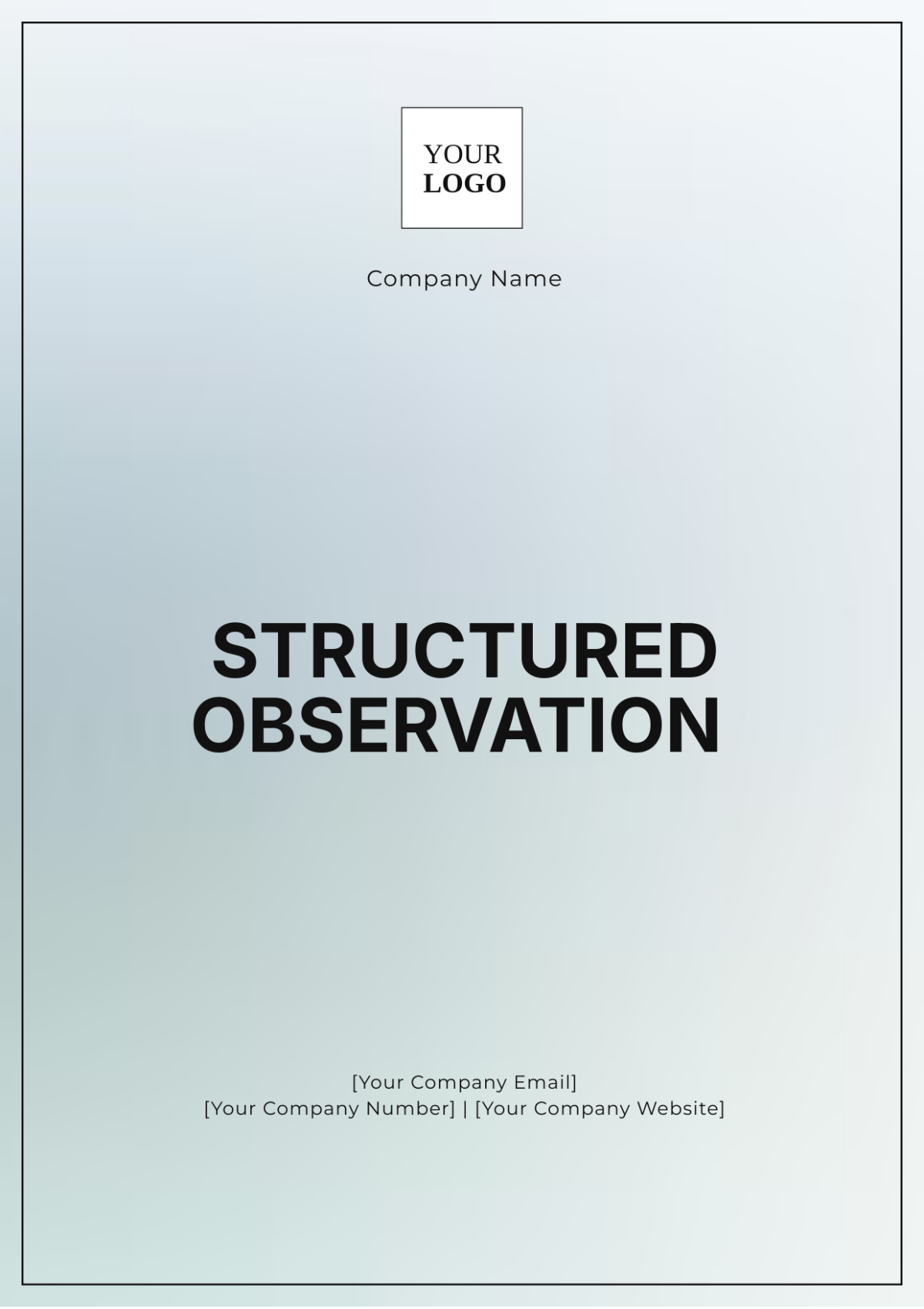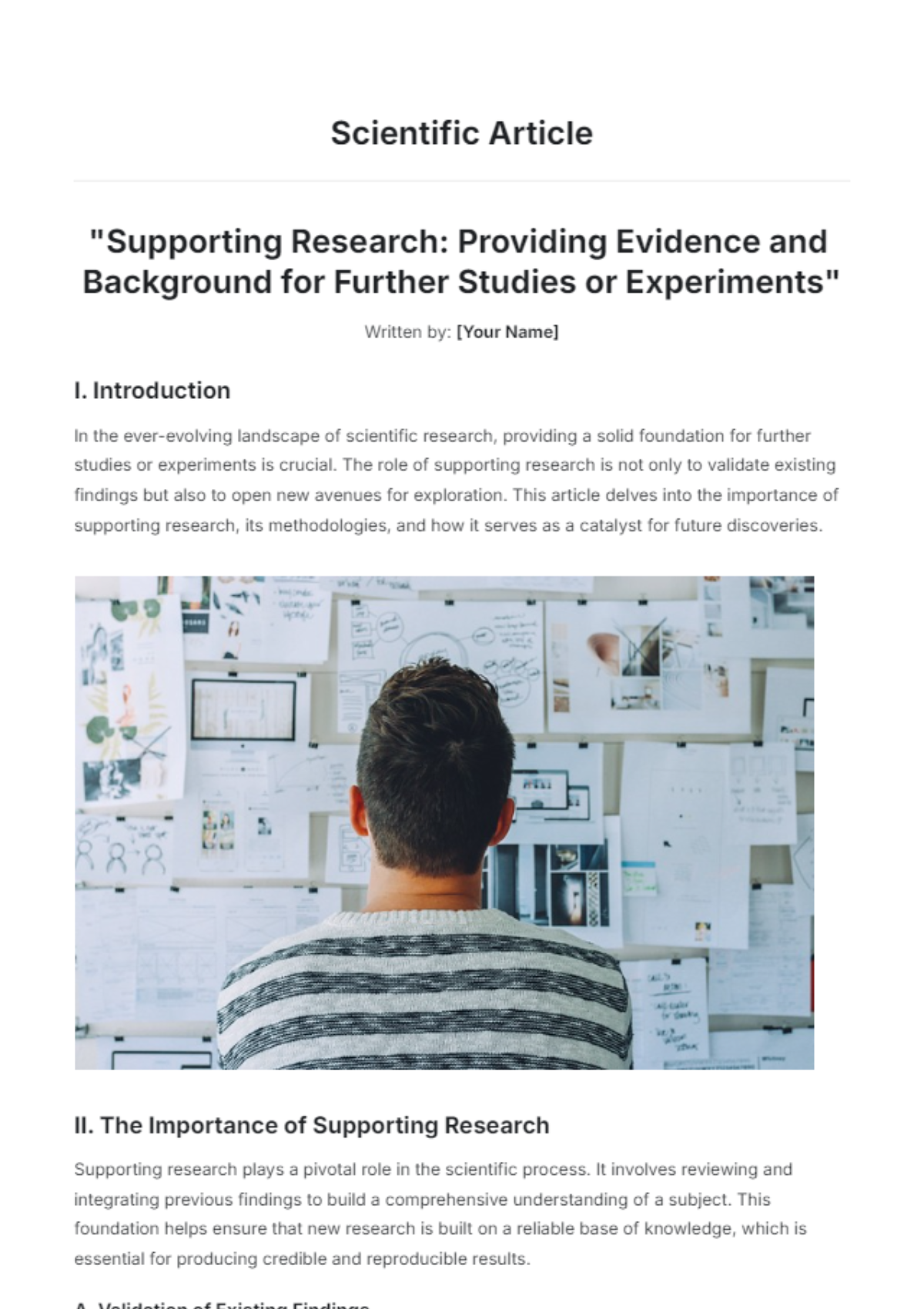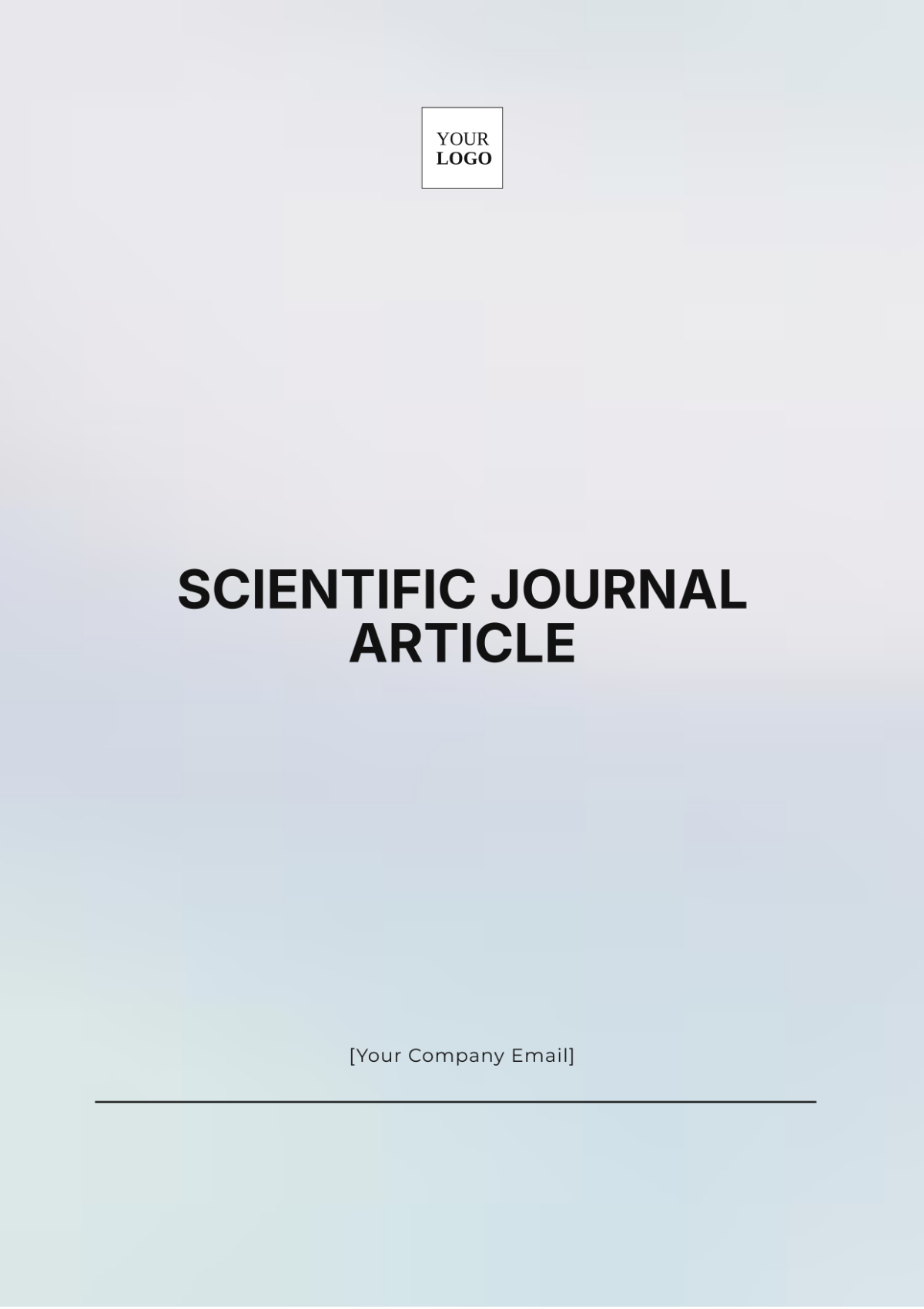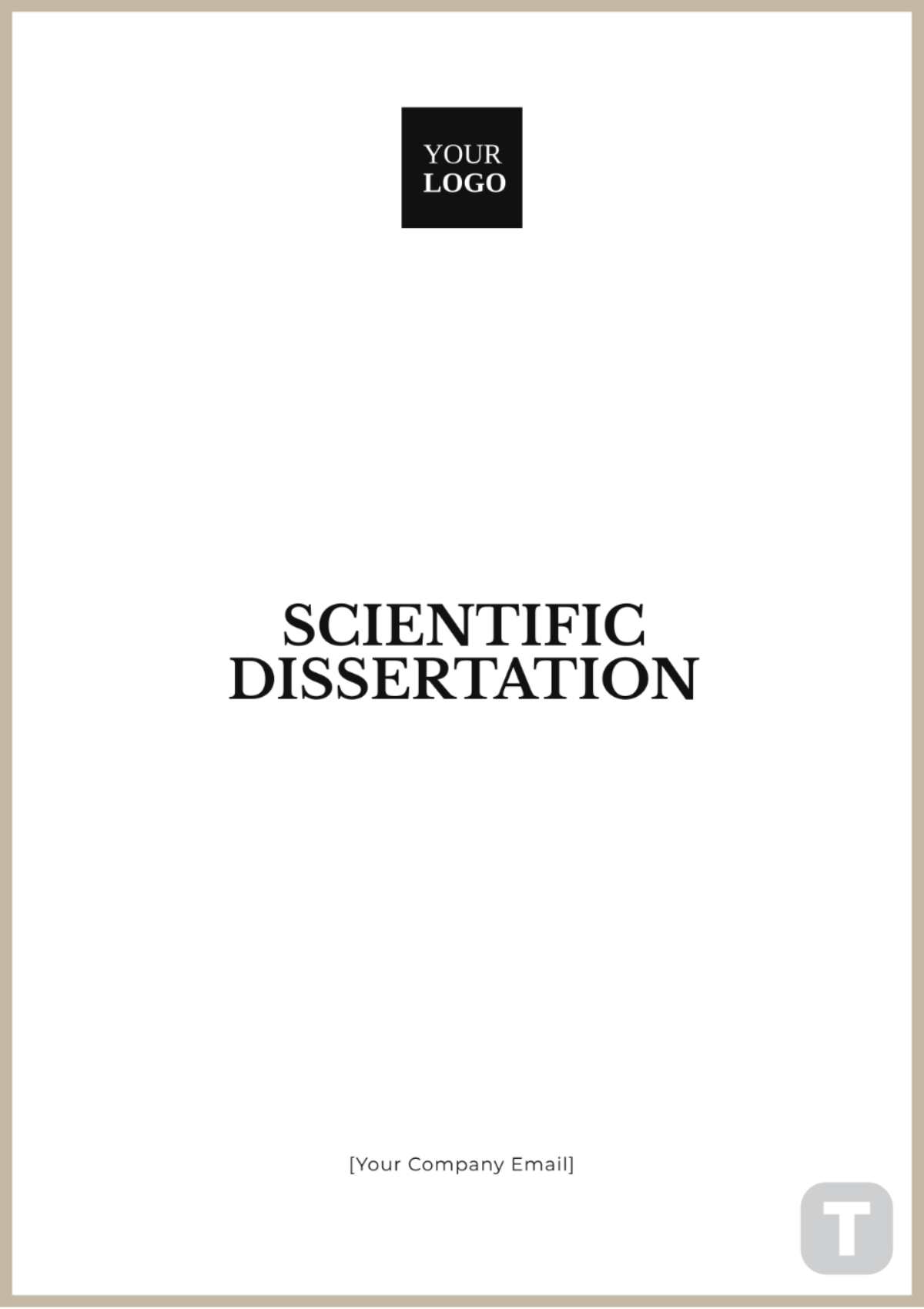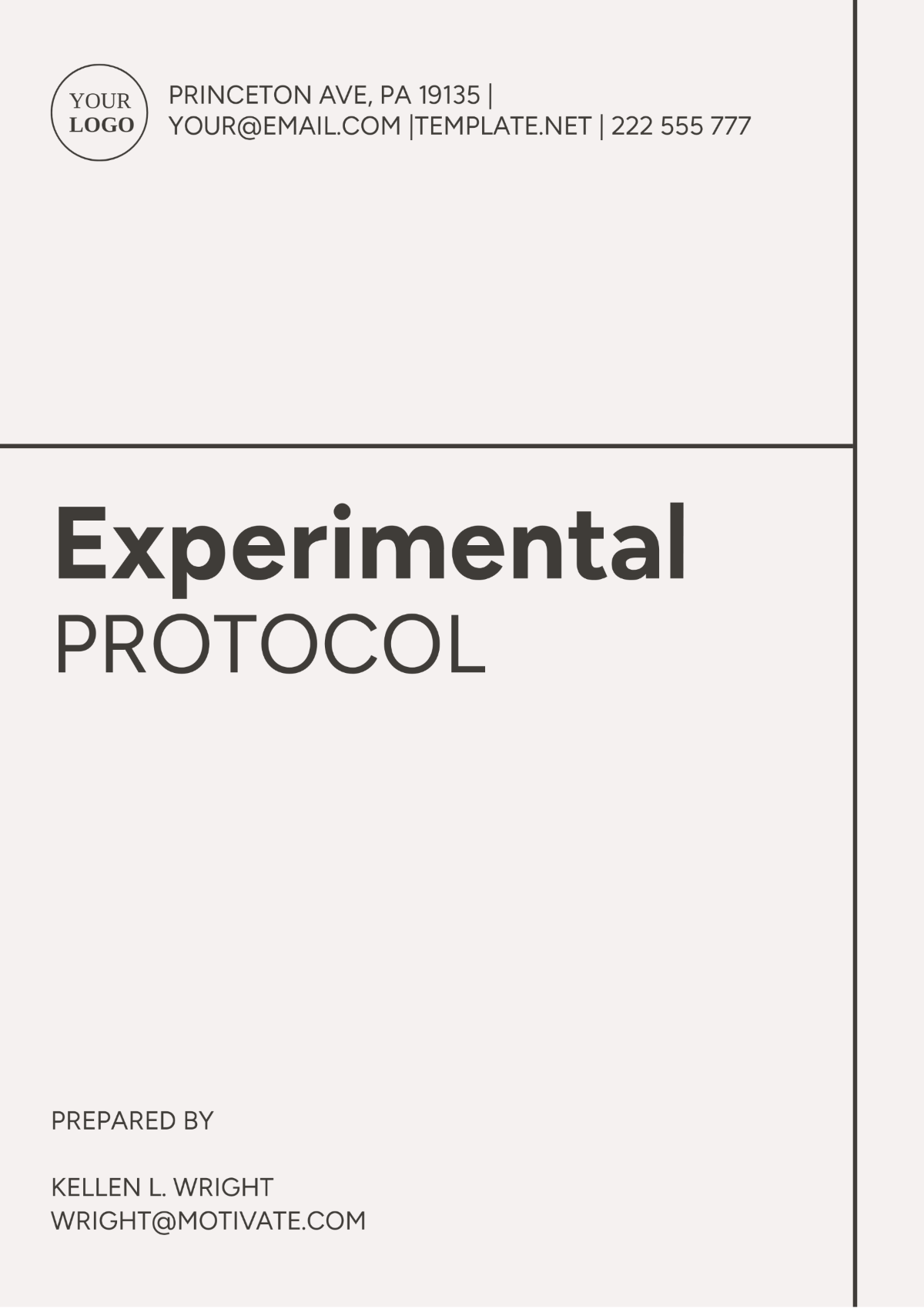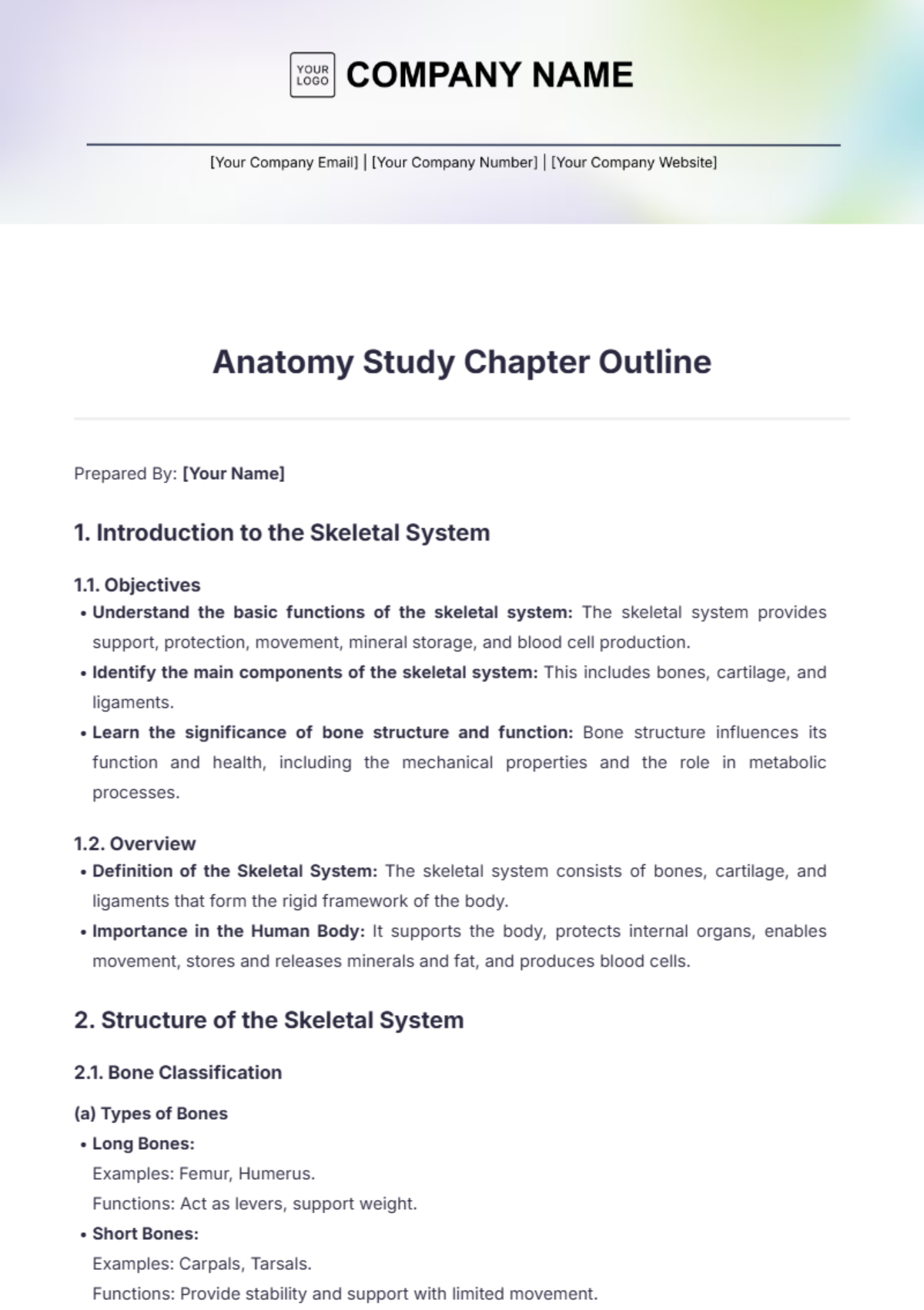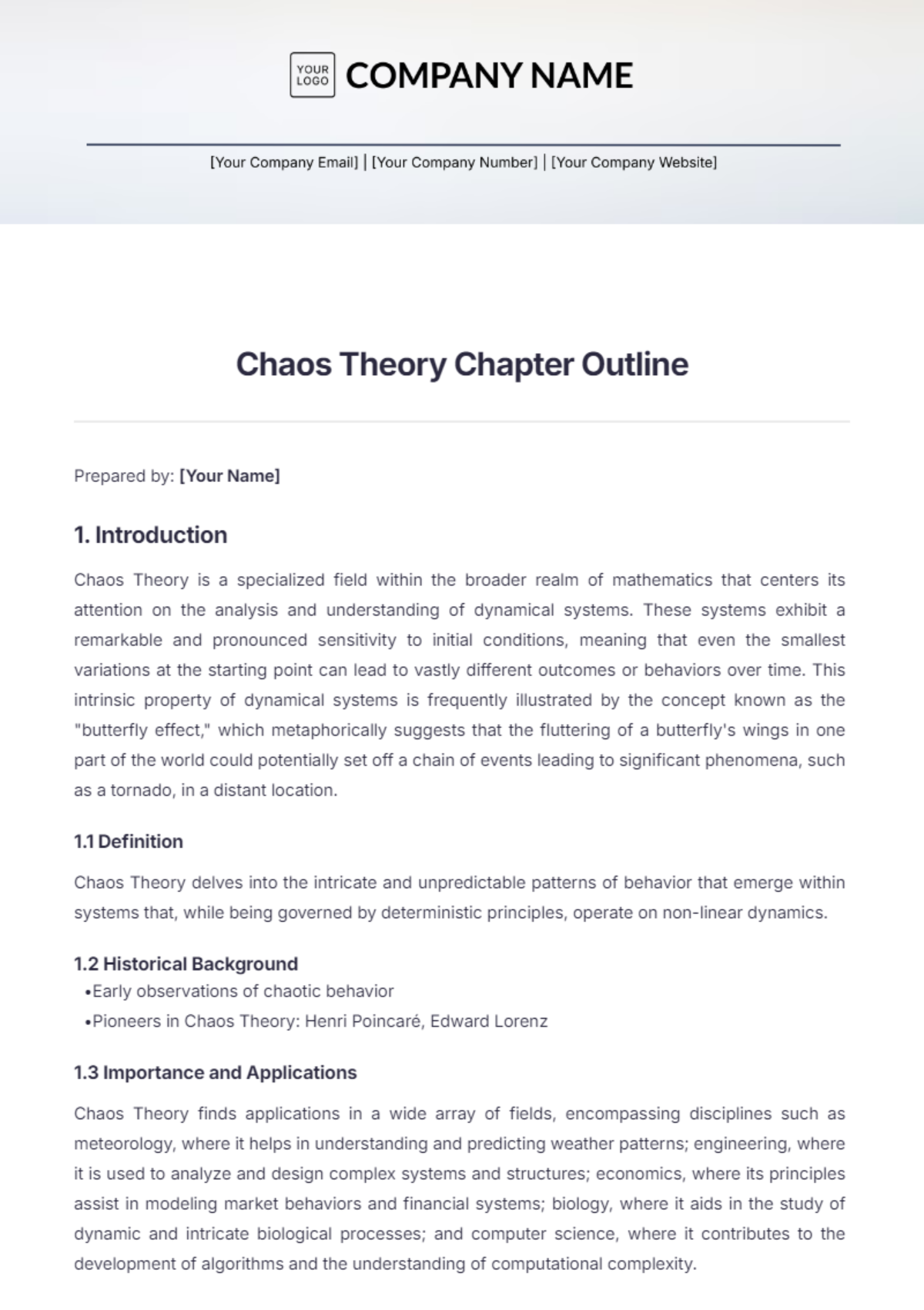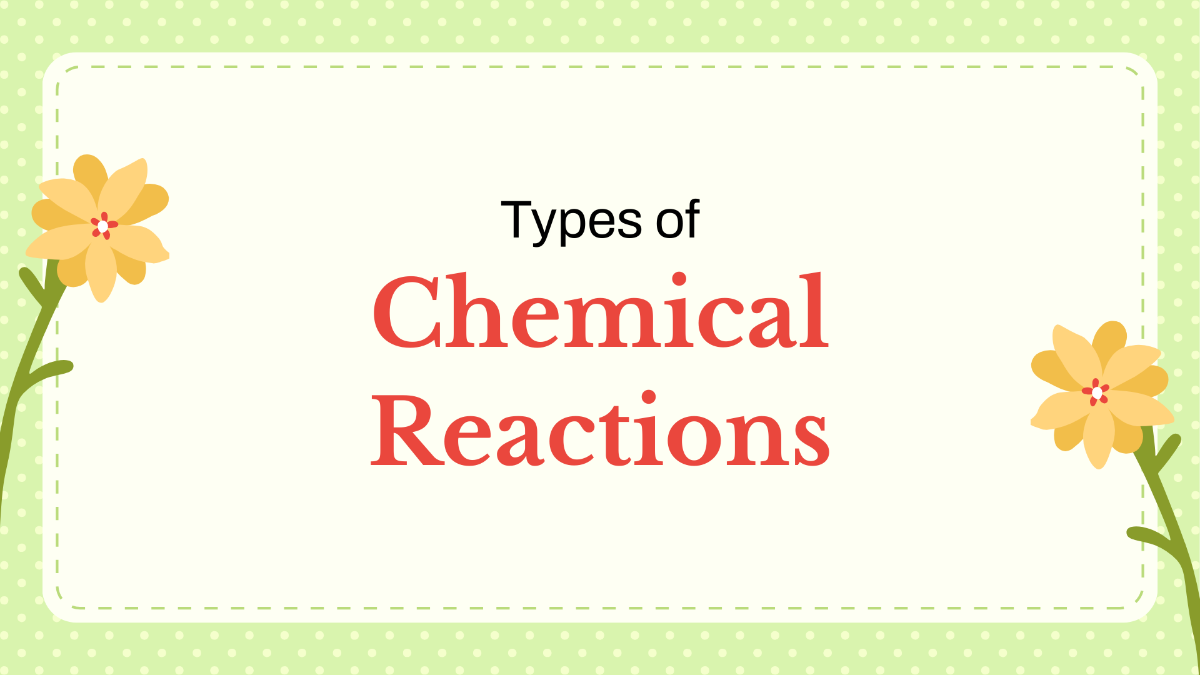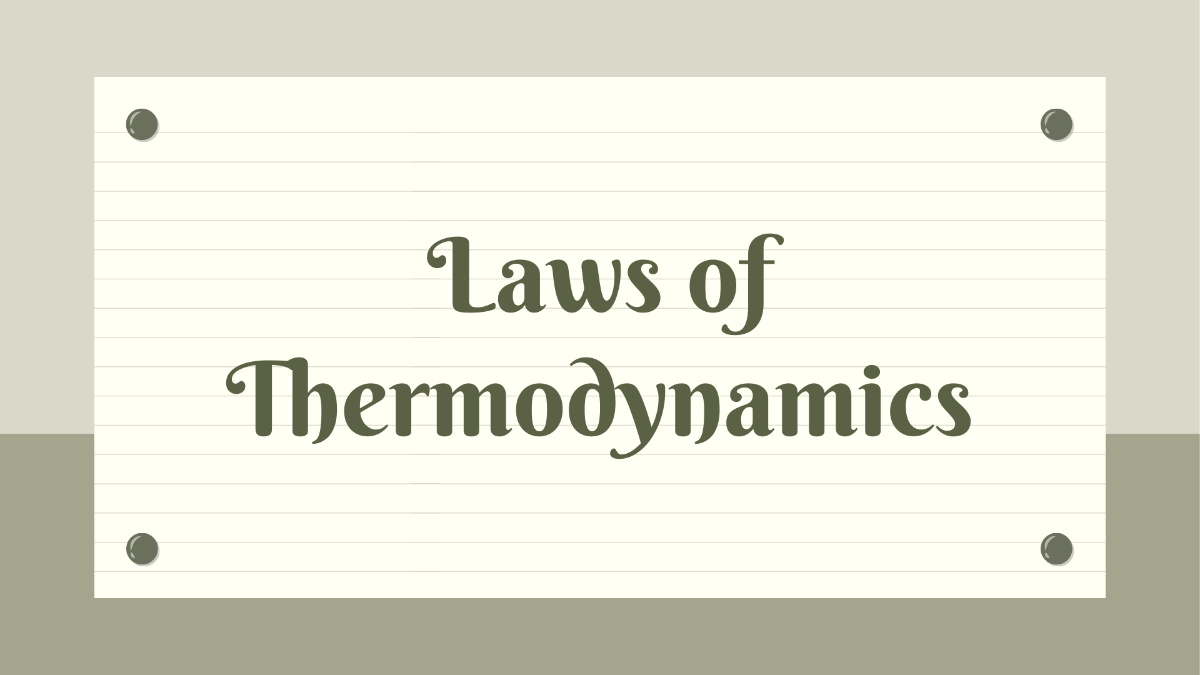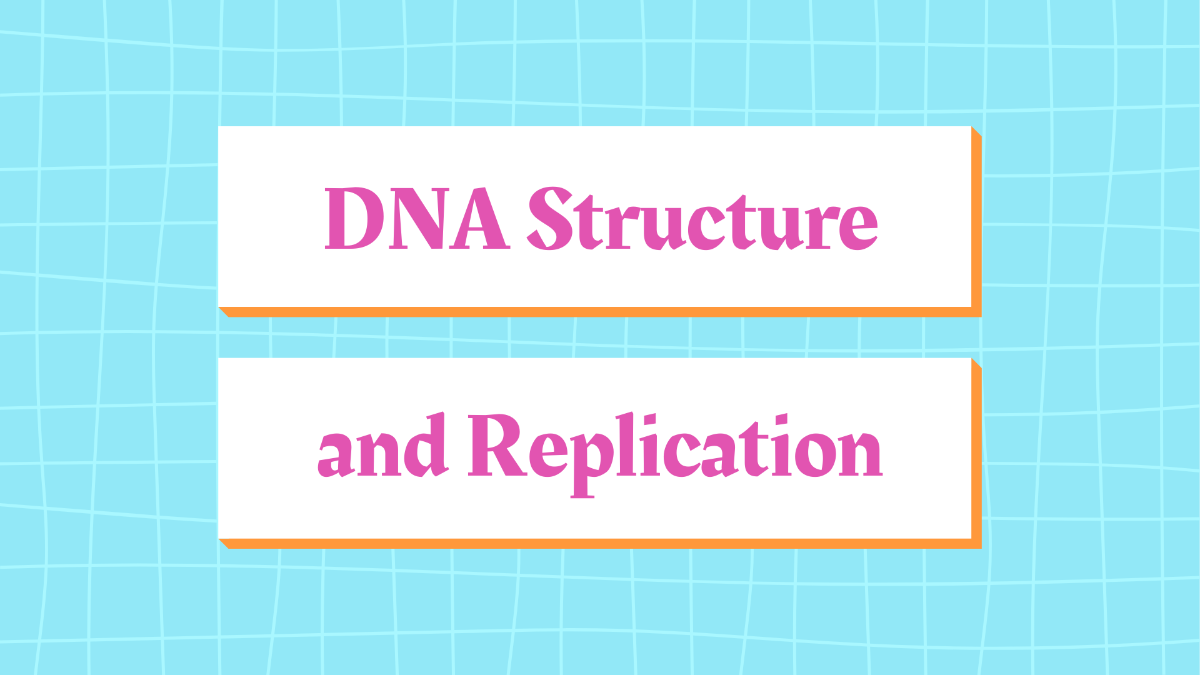Free Experimental Protocol Template
Experimental Protocol
Abstract
This experiment investigates how varying light intensities affect the growth rate of Arabidopsis thaliana. The study employs three light levels: low (100 µmol/m²/s), medium (500 µmol/m²/s), and high (1000 µmol/m²/s). Growth rates will be assessed through changes in plant height and biomass over 4 weeks. We hypothesize that plants under higher light intensities will show increased growth rates.
Background and Rationale
Arabidopsis thaliana is a key model organism in plant biology used to study growth responses. Light intensity influences photosynthesis and growth, making it vital to understand its impact on Arabidopsis. This study aims to elucidate how different light intensities affect growth parameters, contributing to the broader understanding of plant-light interactions.
Objectives
Primary Objective:
Determine the effect of different light intensities on the growth rate of Arabidopsis thaliana.Secondary Objectives:
Compare growth parameters such as height and biomass across light conditions.
Evaluate physiological responses to varying light levels.
Hypothesis
Arabidopsis thaliana plants exposed to higher light intensities (1000 µmol/m²/s) will exhibit greater growth rates in height and biomass compared to those under lower light intensities (100 µmol/m²/s).
Experimental Design
Study Design
Type of Study: Experimental
Experimental Approach: Controlled growth experiment with three light intensity treatments.
Subjects
Inclusion Criteria:
Arabidopsis thaliana seeds of the Col-0 ecotype, healthy and of similar age.Exclusion Criteria:
Seeds showing damage or disease.Sample Size:
30 plants per light intensity treatment, with 3 replicates per treatment, totaling 90 plants.
Materials and Equipment
Arabidopsis thaliana seeds (Col-0 ecotype)
Growth chambers with adjustable light intensities
Soil medium (potting mix)
Plant pots (5 cm diameter)
Watering cans
Digital calipers
Analytical balance
Procedure
Preparation:
Sterilize seeds using 70% ethanol for 1 minute followed by 10% bleach for 10 minutes. Rinse thoroughly with sterile water.Planting:
Sow 10 seeds per pot in 5 cm diameter pots filled with potting mix. Place pots in growth chambers set to respective light intensities.Growth Monitoring:
Water plants as needed to maintain soil moisture. Measure plant height weekly using digital calipers. Harvest plants after 4 weeks for biomass measurement using an analytical balance.Safety Considerations:
Follow standard safety protocols. Handle all chemicals and equipment according to manufacturer instructions. Use gloves and safety goggles when handling bleach and other chemicals.
Data Collection and Analysis
Data Collection
Data Types: Quantitative (height in cm, biomass in grams)
Data Collection Methods:
Weekly height measurements and final biomass measurements.
Data Analysis
Statistical Methods:
Data will be analyzed using ANOVA to assess the impact of light intensity on growth. Post-hoc tests will be conducted to compare differences between groups.Data Management:
Store raw data in a secure database with backup copies maintained.
Ethical Considerations
This study does not involve human or animal subjects. Ensure proper disposal of plant waste and chemicals according to institutional guidelines.
Timeline
Activity | Timeline |
|---|---|
Seed sterilization and planting | Week 1 |
Growth period (weekly height measurements) | Week 2-5 |
Harvest and biomass measurement | Week 5 |
Data analysis and report writing | Week 6 |
Budget
Item | Cost |
|---|---|
Arabidopsis seeds | $150 |
Growth chambers rental | $300 |
Soil and pots | $50 |
Equipment (calipers, balance) | $200 |
Miscellaneous (gloves, water, etc.) | $50 |
Total Budget | $750 |
References
Smith, J. A., & Brown, L. T. (2052). Plant Growth Responses to Light Intensity. Journal of Plant Biology, 34(2), 123-135.
Johnson, M. R. (2051). Experimental Methods in Plant Science. Academic Press.
Appendices
Informed Consent Forms: Not applicable
Questionnaires or Surveys: Not applicable
Detailed Protocols for Sub-Procedures: Detailed instructions for handling and measurement are available upon request.
